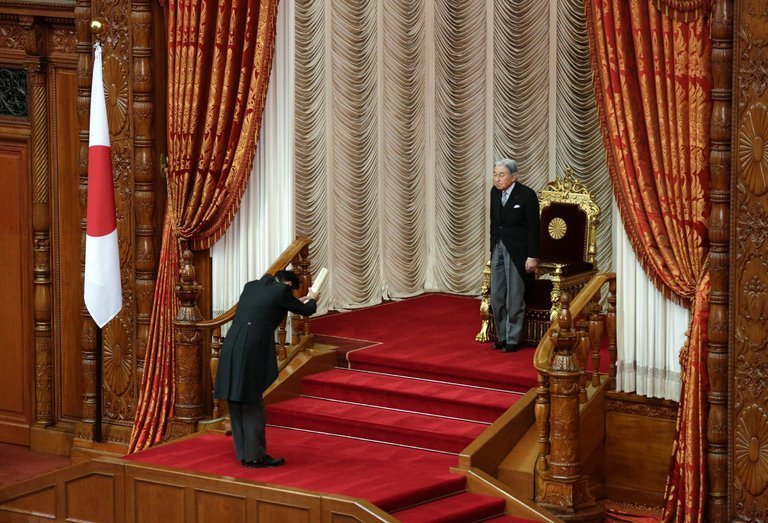Ethereum “Shanghai” public testnet to be held in February

Top priority for Ethereum withdrawal function
The crypto asset (virtual currency) Ethereum core developer group held its first meeting in 2023 on the 5th. We discussed the first post-merge upgrade, “Shanghai”.
The developers have reaffirmed their target launch date for the Shanghai public testnet in early February.
Furthermore, in order to focus on the withdrawal (withdrawal) function of Ethereum (ETH) and not delay the implementation of Shanghai, implementations such as the Ethereum Virtual Machine Object Format (EOF) will be postponed. agreed.
In the “Shanghai” upgrade, 15.6 million ETH (equivalent to approximately 2.6 trillion yen: at the time of writing) locked up in the Ethereum staking contract and staking rewards will be available for withdrawal.
While some are concerned that it will lead to selling pressure, others predict that it will attract new staking participants. The mainnet launch of “Shanghai” is currently scheduled for mid-March.
Relation: Will the implementation of the staking withdrawal feature put a selling pressure on Ethereum?
Discussing EOF
The Ethereum Virtual Machine Object Format (EOF), which was not added in Shanghai, makes some changes to Ethereum’s code execution environment.
Specifically, it aims to revamp Ethereum’s transaction format to more clearly separate smart contract code and data, making it easier to upgrade EVM in the future.
What is EVM
Abbreviation for Ethereum Virtual Machine. Acts as a “translator” for executing smart contracts. EVM is a state machine (a logic circuit that determines the next state based on input conditions and the current state) maintained in the Ethereum client network, and calculates the state of the network by executing transactions and smart contracts each time a block is generated. play a role in
 Cryptocurrency Glossary
Cryptocurrency Glossary
EOF, on the other hand, has already been tested, but requires a complicated procedure. One of the developers, lightclient, estimated that the upgrade would be delayed by about a month if it were to be installed in Shanghai, judging by the progress of testing.
Ethereum co-founder Vitalik Buterin was also cautious about improving the functionality of the Ethereum Virtual Machine (EVM), concerned that it would be difficult to change later.
Based on the above, the developer group agreed not to implement EOF in “Shanghai”. Beiko suggests revisiting it at the next core developer meeting.
Elsewhere, Etan Kissling discussed having a consistent data format related to Ethereum withdrawals.
This work requires additional work by the Ethereum client team. As such, Beiko suggested that the topic be revisited at next week’s meeting and a policy decided by January 19th.
Mr. Buterin’s Prediction
Buterin released his thoughts on Ethereum’s 2023 roadmap on the 1st. By the end of this year, he predicts the L2 scaling solution “Rollup” will reach an important milestone.
Specifically, we estimated that EIP (Ethereum Improvement Plan) 4844, which introduces a transaction that reduces the amount of data written from Layer 2 (L2) to the main chain (L1), could be implemented this year (3Q or so). This will lower the cost of writing to L1, and as a result, we expect to further reduce L2 transaction fees.
What is Layer 2 (L2)
A “second layer” blockchain. Writing all transaction histories to the main chain increases the load, slowing down processing speeds and increasing network fees. Therefore, low cost, low latency, and high throughput are achieved by processing transaction calculation processing off-chain and recording proof information that indicates the state on the main chain.
 Cryptocurrency Glossary
Cryptocurrency Glossary
Relation: Ethereum co-founder Vitalik, bullish on rollups in 2023
Ethereum “Shanghai” public testnet to be held in February Our Bitcoin News.


